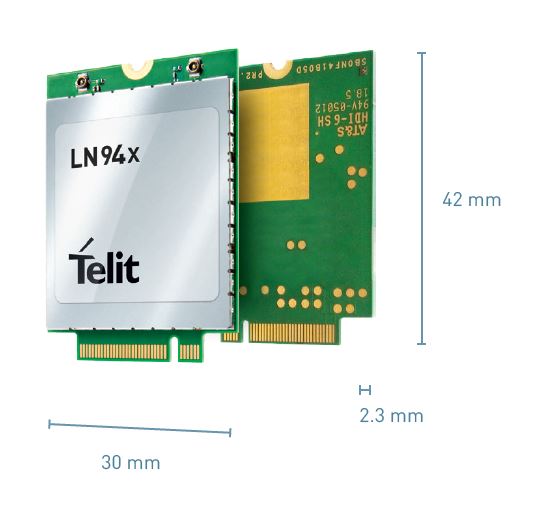Telit: Wireless Launches Jupiter SL871: Small Form Factor Multi-constellation GNSS
According to officials the new module leverages MediaTek’s low-power MT3333 core, to provide multi-constellation tracking. The SL871 suits battery life-sensitive GNSS applications that are not dependent on dead reckoning, TRAIM and communication ports like USB or CAN bus. The new companion SL869 V2 module has been designed to deliver these capabilities.
MediaTek’s multi-constellation location technology enabled by MT3333 single-chip SoC optimizes performance, integration, power consumption and is suitable for deployment across multiple product segments.
The Jupiter SL871 is capable of tracking GPS + Galileo and GLONASS constellations and can also offer positioning data via standard UART. The ultra-sensitive RF front-end in the device enables multi-GNSS indoor fix, fast fix and navigation even in outdoor environments like dense urban locations.
The positioning module offers support to ephemeris file injection (A-GPS) and satellite based augmentation system (SBAS) to deliver precise positions. Also the onboard software engine can predict ephemeris even three days in advance starting from ephemeris data broadcast by GNSS satellites. The information can be received by the module and stored in the internal Flash memory. The advanced power modes and AGPS optimize accuracy, power consumption, and use of battery.
Key Benefits:
- Smallest multi-constellation GNSS module in the Telit portfolio
- Compliant with GPS and GLONASS standards
- Compliant with Compass / Beidou
- Ready for Galileo
- Ready for GNSS constellations under deployment: QZSS, Galileo and Compass
- Low power processing core delivers current optimized multi-constellation tracking
- Ultra-sensitive -165 dBm (tracking) RF front-end
- Embedded LNA allows use of passive antennas
- Supports ephemeris file injection (A-GPS)
- Satellite Based Augmentation System (SBAS) compliant
- MediaTek MT3333 based










